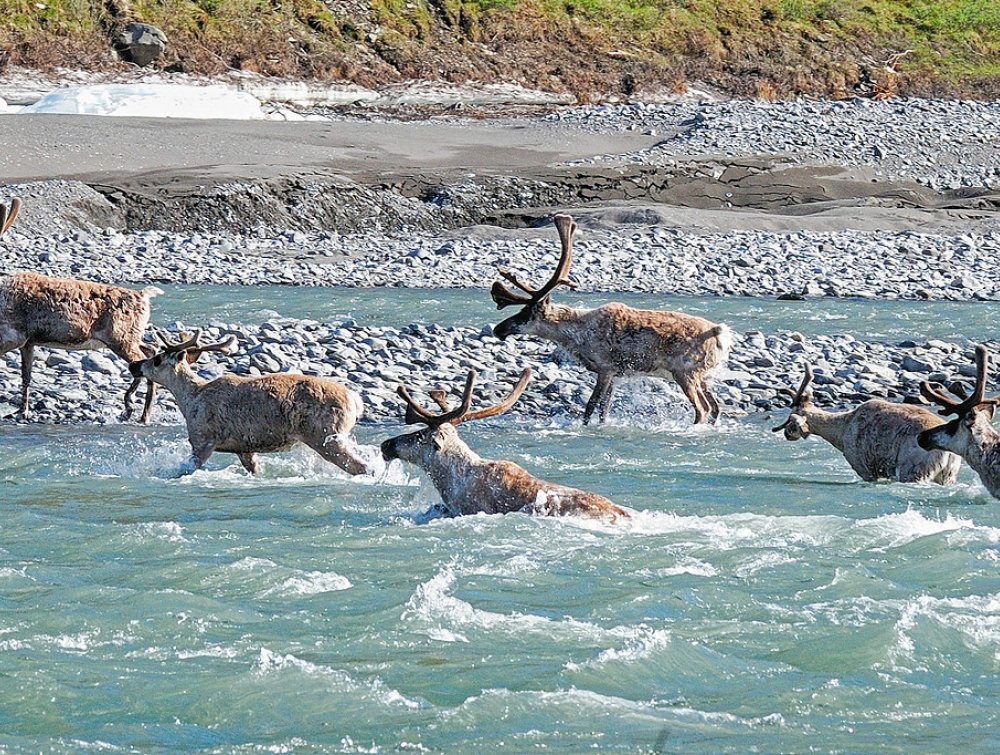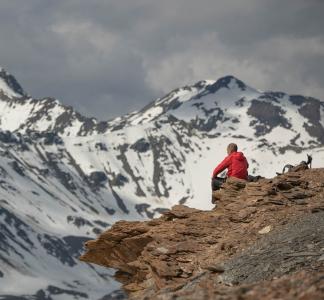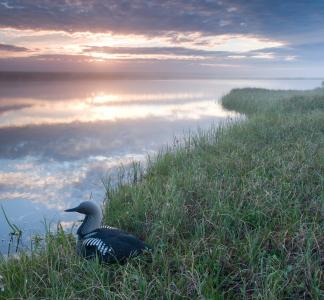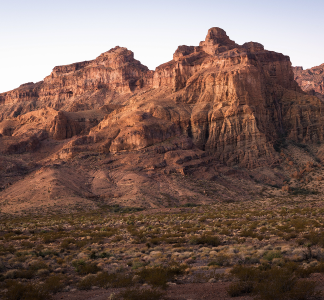The numbers just don’t add up to justify drilling in the Arctic Refuge

Caribou in the Arctic Refuge
Georgia Bennett/Georgia Bennett LLC
Congress is on the verge of selling off the Arctic Refuge
Congress wants to force drilling in the Arctic Refuge, ostensibly to offset tax cuts, but a recent lease sale elsewhere in Alaska shows the plan makes no sense.
Congress is on the verge of selling off Alaska’s Arctic National Wildlife Refuge for oil drilling, and its members don’t seem to know they’re being conned. They have been sold a $1 billion bill of goods.
A recent Alaska lease sale was a humiliating blow for the Trump administration. The industry simply wasn’t all that interested in expensive, high-risk Arctic oil. This exposes the folly of Congress' Arctic Refuge scheme.
Senate Republicans attached a drilling provision to the federal budget, claiming that lease sales in the 1.5 million-acre coastal plain—which is the birthing ground of the Porcupine Caribou Herd and denning habitat for threatened polar bears—would raise $1 billion to offset tax cuts for the richest Americans.
But that’s impossible. Let’s take a look at some simple math.
The state of Alaska would get half of any money raised from oil and gas lease sales in the Arctic Refuge. To raise a billion dollars in federal revenue, the oil industry would have to pay $2 billion to cover the 50/50 split.
The drilling provision in the budget calls for leasing 800,000 acres. That means every one of those acres would have to be leased for $2,500 to reach the Republicans’ target. That’s impossible.
First, sales very rarely result in all acres being leased. Second, that price is astronomical. For proof, simply look at this week’s lease sale in the western Arctic’s National Petroleum Reserve-Alaska, where tracts were leased for less than $15 per acre. Even the concurrent lease sale on state lands, which was the third largest in the last two decades according to the Anchorage Daily News, with an average high bid per acre of $110.97, did not come close to the target Republicans have set for the Arctic Refuge.
The federal sale was a humiliating blow for the Trump administration, which has declared Alaska’s Arctic “open for business” and offered every available inch of the NPR-A—all 10.3 million acres—but sold fewer than 80,000 acres. The industry simply wasn’t all that interested in expensive, high-risk Arctic oil.
The push for Arctic Refuge drilling isn’t about the federal budget. It’s about selling off our shared public lands.



